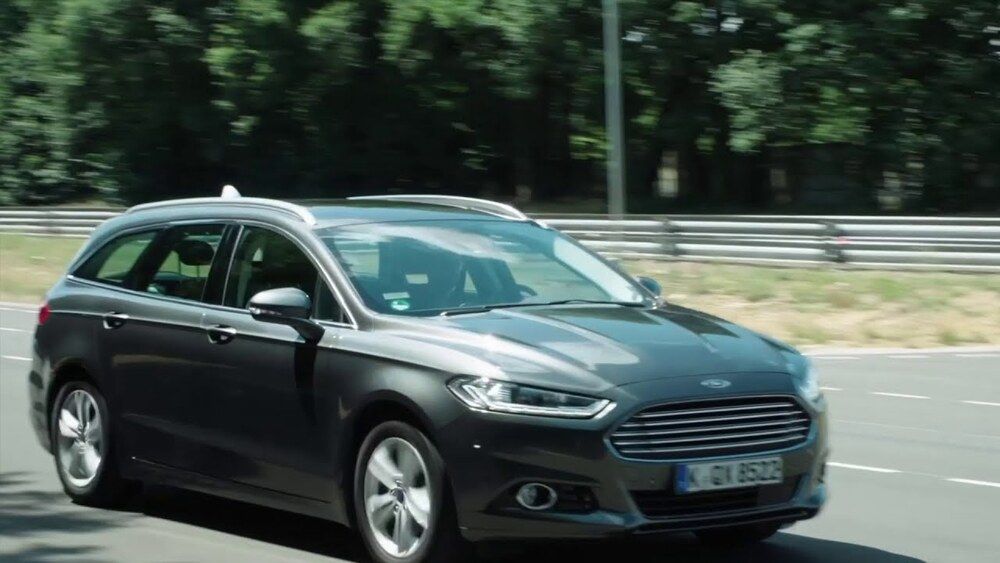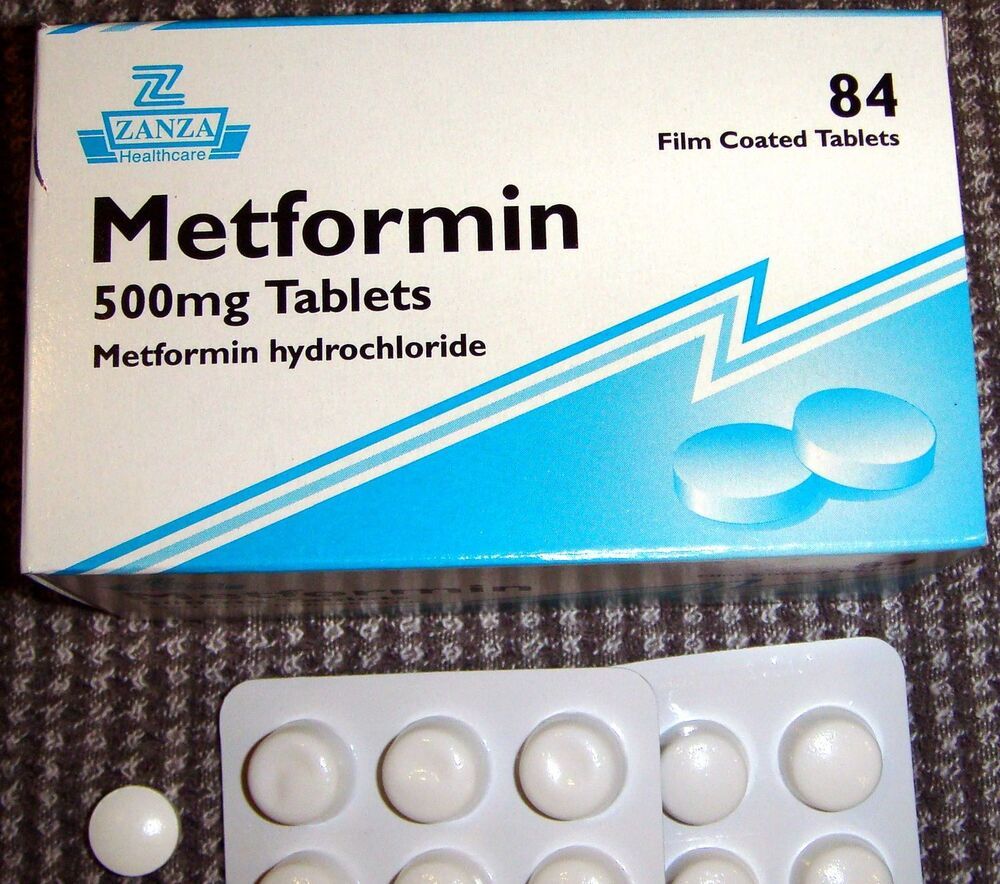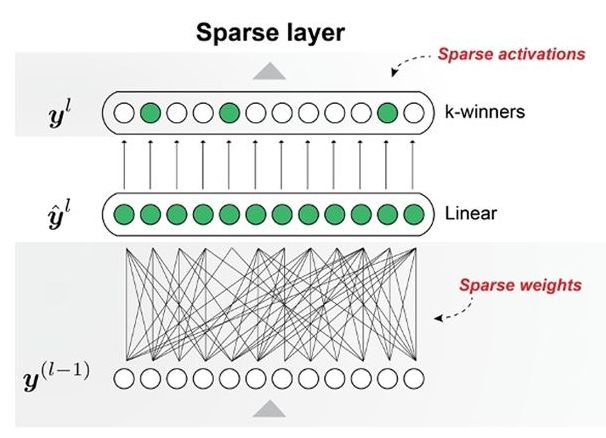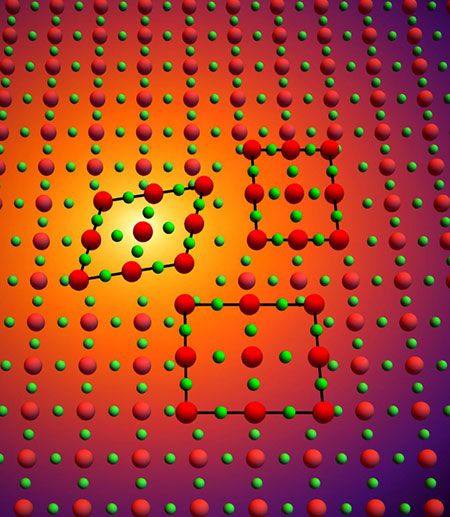Page 5864
Nov 12, 2020
Verizon, Amazon demonstrate connected vehicles using 5G, edge computing with LG, Renovo, Savari
Posted by Genevieve Klien in categories: computing, internet

Korean electronics giant LG, along with two California computing startups, Renovo and Savari, are demonstrating use cases for 5G-connected vehicles as Verizon and Amazon expand the wireless computing availability to multiple U.S. cities.
Nov 12, 2020
Tesla loves Veterans: Here’s how the company has honored military heroes
Posted by Genevieve Klien in categories: military, sustainability
On this Veteran’s Day 2020, Teslarati thanks all of the heroes who have sacrificed their freedoms to protect ours. In the theme of the day, we decided to take a look back at how Tesla has honored the heroes who have served in the military over the years. From camo-inspired EVs to Veteran’s hiring programs, the electric automaker has portrayed an appreciation for those who fought to keep us free.
2014: The Camo Model S and a heartfelt “Thank You”
In 2014, Tesla tweeted several photographs of a military-inspired Model S, dawning images of American flags and spelling the words “U.S.A. Veteran,” “Made in the USA,” and “#TeslaVets.” The camo Model S hasn’t made an appearance since then. However, the message is still present on Tesla’s official Twitter page, reminding everyone that the company is overwhelmingly supportive of our Veterans.
Nov 12, 2020
SpaceX’s Starship SN8 roars to life ahead of debut launch
Posted by Genevieve Klien in category: space travel
Featured Image Source: @austinbarnard45 via Twitter SpaceX’s Starship SN8 (Serial Number 8) prototype roared to life last night during a Raptor engine static-fire test. This test is a routine pre-flight preparation meant to assess the three Raptor engines and all systems related to the propulsion system before a launch vehicle takes flight. SN8 is expected to become the first fully-assembled Starship prototype to perform a test flight. Engineers plan to launch Starship SN8 50,000 feet (15-kilometers) into Boca Chica Beach, Texas, sunny sky. Tuesday’s static-fire test was the second one performed. Raptor engines are fueled by a combination of cryogenic methane and liquid oxygen. During the test, engineers fuel the vehicke to briefly ignite the Raptors as the stainless-steel Starship SN8 vehicle remained grounded to a test stand at the South Texas Launch Facility. Last night’s engine ignition was different than the previous one; This time, SN8 featured a top nose cone section with an oxygen header tank. The vehicle’s first static-firing only featured the bottom base and excluded a test of the header propellant tanks. On October 20, teams performed the first static-firing in which the Starship SN8’s three Raptor engines where briefly ignited for the first time, utilizing fuel from the main propellant tank. Starship features two propellant tanks — a main one that holds most of the propellant and a ‘header tank’ that is a smaller tank that holds fuel reserves that can fuel the vehicle upon landing. A header tank for liquid oxygen is also located inside the vehicle’s top nose cone section.
Nov 12, 2020
Age is decisive for positive or negative effects of the diabetes drug metformin
Posted by Kevin Huang in categories: biotech/medical, life extension, neuroscience
“In our current study we were able to uncover important limitations for the use of metformin as longevity medicine,” says Dr. Ermolaeva. In contrast to the positive longevity effects in young organisms that received metformin, lifespan is shortened through metformin intake at an older age. “Previous studies that provided evidence of an extended longevity by metformin usually examined animals treated with metformin from young adult or middle age until the end of life. In contrast, we have looked at treatment windows covering the entire life span, or restricted to early life or to late life”. The study also utilized a human cell culture model of replicative aging to assess human responses to metformin at a cellular level and compare them to organismal responses of the worms.
**Metformin longevity benefits are reversed with age**
The research team led by Dr. Ermolaeva found that the very same metformin treatment that prolonged life when C. elegans worms were treated at young age, was highly toxic when animals of old age were treated. Up to 80% of the population treated at old age were killed by metformin within the first 24 hours of treatment. Consistently, human primary cells demonstrated a progressive decrease in metformin tolerance as they approached replicative senescence. The researchers were able to link this detrimental phenotype to the reduced ability of old cells and old nematodes to adapt to metabolic stressors like metformin. Under these circumstances, the exact same dose of the drug that increased longevity of young-treated organisms by triggering adaptive stress responses was harmful in animals treated at old age, which were unable to activate such protective signals.
Continue reading “Age is decisive for positive or negative effects of the diabetes drug metformin” »
Nov 12, 2020
‘Robot soldiers could make up quarter of British army
Posted by Carse Peel in categories: finance, government, military, robotics/AI
“I mean, I suspect we could have an army of 120,000, of which 30,000 might be robots, who knows?” Carter said, although he stressed he was not setting any particular target in terms of future numbers.
Investment in robot warfare was to be at the heart of the planned integrated five-year defence review, whose future was thrown into doubt after the chancellor, Rishi Sunak, postponed the cross-government spending review to which it had been linked last month.
Carter said negotiations with Downing Street and the Treasury about salvaging the multi-year defence funding settlement were “going on in a very constructive way” – as he lobbied in public for a long-term financial deal.
Nov 12, 2020
UK’s first 6G innovation centre launches at University of Surrey
Posted by Carse Peel in categories: biotech/medical, virtual reality

It will allow for near-instantaneous virtual interactions, allowing people to send a hug to a loved one or shake hands with a colleague online. Its increased capacity and speed will revolutionise virtual reality and allow for wholesale ‘teleportation of senses’, researchers claim.
Potential applications include doctors monitoring patients remotely, embracing and holding hands with a loved one who may be thousands of miles away, and having virtual meetings with no lag…
Continue reading “UK’s first 6G innovation centre launches at University of Surrey” »
Nov 12, 2020
New device puts music in your head — no headphones required
Posted by Carse Peel in categories: computing, media & arts
New device puts music in your head — no headphones required…
LONDON (AP) — Imagine a world where you move around in your own personal sound bubble. You listen to your favorite tunes, play loud computer games, watch a movie or get navigation directions in your car — all without disturbing those around you.
That’s the possibility presented by “sound beaming,” a new futuristic audio technology from Noveto Systems, an Israeli company. On Friday it will debut a desktop device that beams sound directly to a listener without the need for headphones.
Continue reading “New device puts music in your head — no headphones required” »
Nov 12, 2020
New algorithm provides 50 times faster Deep Learning
Posted by Future Timeline in categories: information science, neuroscience, robotics/AI
Using algorithms derived from neuroscience, AI research company Numenta has achieved a dramatic performance improvement in deep learning networks, without any loss in accuracy. Their breakthrough is also vastly more energy efficient.
Researchers discover an unexpected new class of superconducting material.
Superconducting materials are traditionally classed into two types: s-wave and d-wave. A third type, p-wave, has long been predicted. Now, however, researchers in the US, Germany and Japan say they may have discovered a fourth, unexpected type of superconductor: g-wave. The result, obtained thanks to high-precision resonant ultrasound spectroscopy measurements on strontium ruthenate, could shed fresh light on the Cooper pairing mechanisms in so-called unconventional superconductors.
















